Swedish International Development Cooperation Agency
- Viewed - 0
الوصف
Swedish development cooperation helps reduce poverty in the world. Our support contributes to economic and political development in poor countries. This strengthens their democracy and creates conditions for people to lift themselves out of poverty.
The objective of Swedish development cooperation is to create opportunities for people living in poverty and under oppression to improve their living conditions. Everyone living in Sweden and paying taxes is contributing to this. The government decides about how much money is allocated to development in the annual budget. It has long been about one per cent of Sweden’s GDP. The Swedish state authority for development cooperation, Sida, has the power to decide about a half of the Swedish aid budget and is subject to the Swedish Ministry for Foreign Affairs.
Aid is both about humanitarian aid / http://www.sida.se/English/how-we-work/our-fields-of-work/humanitarian-aid1/sidas-humanitarian-aid/ / (emergency relief) and long-term development cooperation. Development cooperation is the more comprehensive of the two, although emergency interventions are perhaps the most visible.
Creating income opportunities
With help of aid, poor countries get opportunities to build up their economy and develop their trade and industry. This leads, for example, to export incomes for those countries and job opportunities for their residents. Sweden promotes the removal of trade barriers that currently prevent poor countries from gaining access to the world market.
Strengthening democracy
As poor countries develop their economies, the risk of conflicts reduces, and at the same time democracy develops. When people get political rights, they can participate in and influence social development.
On beneficiaries’ terms
It is important that development assistance is conducted on terms of those who are to benefit from it. Since the 90s, we rather use the concepts of development cooperation and partner countries – as the projects and programmes are designed precisely in collaboration with partner countries and local partner organisations. For development to be sustainable in the long-term, it is essential that the ownership of the projects is in their hands.
Governing principles
All Swedish development cooperation is governed by the following principles:
1. The Swedish parliament decided about a Policy for Global Development (PGD). This describes how different policy areas should work together for a positive global development.
2. The government’s aid policy framework / http://www.regeringen.se/sb/d/108/a/242899 /highlights the overall objective to create prerequisites for better living conditions for people living in poverty and under oppression, with a clear perspective that people themselves are agents of change who can influence their own development. Six sub-goals are defined, each being equally important to achieve the overall goal.
3. Three thematic priorities will permeate the direction of Swedish development cooperation and all interventions should relate to them. Those are democracy and human rights, environment and climate, and gender equality and women’s role in development.
How cooperation is conducted with individual countries and in different areas of work is described in the “”result-strategies”.
Different kinds of aid
Roughly divided, there are two types of aid: humanitarian aid and long-term development cooperation. In turn, the long-term development cooperation is pursued in two forms, bilaterally and multilaterally. A few countries receive budget support, i.e. support paid directly into the partner country ‘s national budget.
Summary of the history of Swedish development cooperation
19th century: The first Swedish “”aid workers”” are missionaries in Abyssinia (Ethiopia). Their mission is to spread the word of God. But they also start schools and build cottage hospitals.
In 1952 44 Swedish popular movement organisations collaborate and conduct the first aid projects in Ethiopia and Pakistan.
In 1955 they start the campaign Sweden helps to cSWreate public opinion about state aid.
In 1962 the first government bill on state development assistance is adopted. A government agency is formed, with representatives from popular movement organisations in the board.
In 1965 Swedish International Development Authority, Sida, is constituted. Later, the name is changed to Swedish International Development Cooperation Agency.
70s: The aid is now all about building schools, hospitals, power plants and factories. But as understanding for other cultures grows, it becomes obvious that Western European models for creating wealth don’t always suit other cultures, and aid is developed as to be conducted in cooperation projects and under beneficiaries’ terms.
Late 80s: The number of aid countries increased rapidly to nearly 125.
90s: Concepts of development cooperation and partner countries are established.
In 2007 the Swedish government cuts down the number of partner countries to 33.
This site uses Akismet to reduce spam. Learn how your comment data is processed.
NGO Profile Card
-

- Full Name: Swedish International Development Cooperation Agency
- Acronym: SIDA
- Organizations Category: Donor Agency
- Sector of Intervention:
Contact Information
- Phone :+46 (0)8 – 698 50 00
- Fax :+46 (0)8 – 20 88 64
- Mail :[email protected]
- Website :http://www.sida.se/English/
- Whatsapp: +46 (0)8 – 698 50 00
- Address: . Stockholm, 16
Claim this listing
Add Comment Cancel reply
This site uses Akismet to reduce spam. Learn how your comment data is processed.



Add Comment